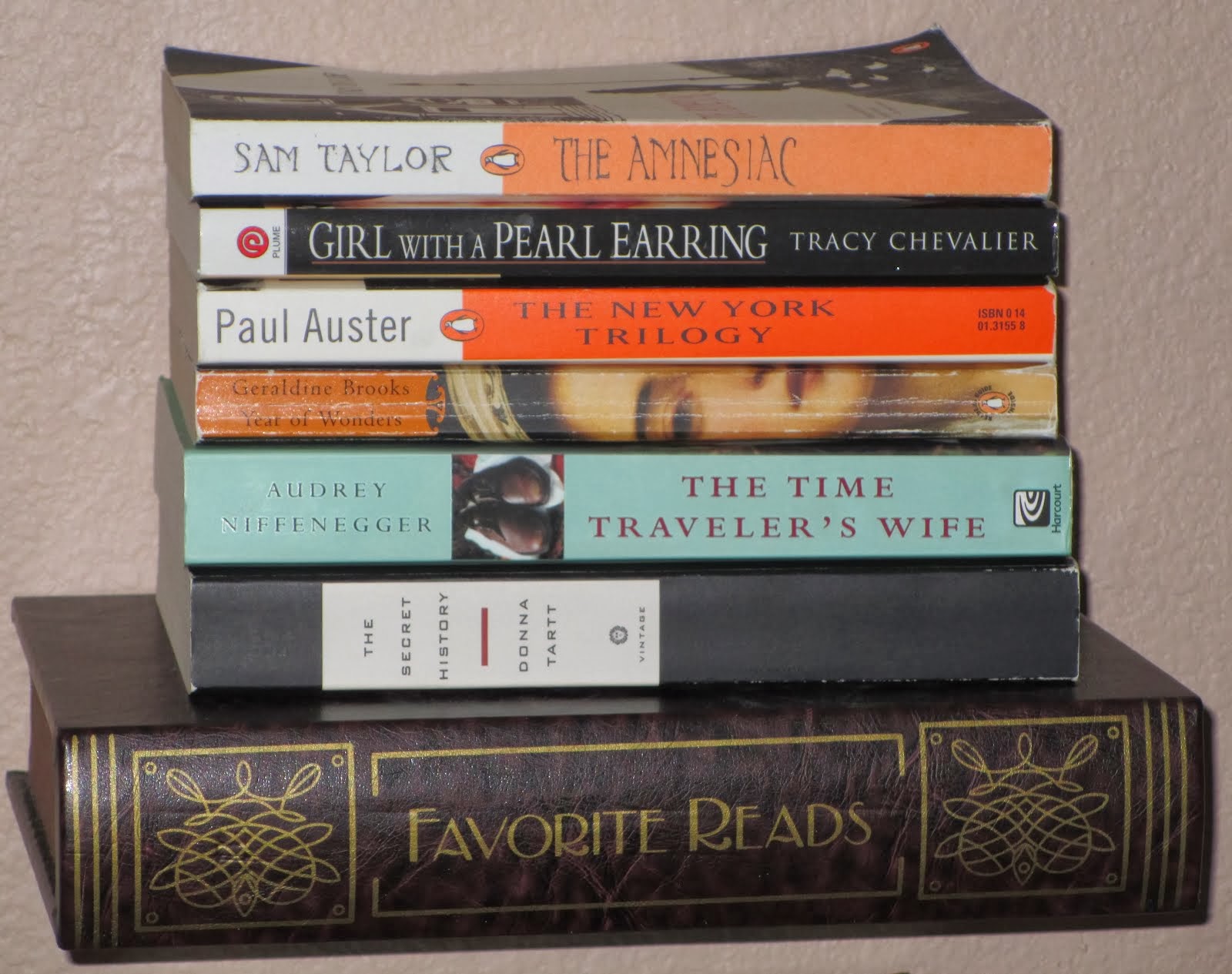It is possible, if shameful, that this is the first book I've read by Kurt Vonnegut. I mean, I've been *aware* of Slaughterhouse Five for at least three decades, but I have no memory of actually having read it. And I have no memory of actually having heard of most of the other books printed in the "Also by Kurt Vonnegut" list inside the front of this book. I sense a failure somewhere.
But let's focus on the fact that I did read *this* book of short stories by Kurt Vonnegut. And it was really quite good! I tend to find two things about short story compilations: 1) they're uneven. There may be a gem or two, the majority are mostly just OK, and there's always a stinker and a clinker. And 2) the stories are some combination of weird, bizarre, unsettling and shocking. They can punch you in the gut and make you uncomfortable.
Look at the Birdie didn't match either of my expectations (which, especially as far as #1 is concerned, is not a bad thing)--at least not at first. Stories one through five even had a somewhat happy ending--no gut punches there. So I let my guard down, and then the gut punches came. (Even so, they were nothing like the Mike Tyson variety.)
The rest of my post is not for you, dear reader, but for me. I took brief notes on each story so that I would remember what I'd read, and it may be slightly boring (though hopefully not spoiler-y . . . well, maybe a little bit) for you to read. It won't hurt my feelings if you skip the remainder.
1. Confido: Like Siri or Alexa but it's actually just amplifying your inner thoughts.
2. Fubar: Fuzz Littler hates his job until his new secretary shows him how to take what's available to him and make the best of it. (Come to think of it, that's a nice lesson for anyone to learn.)
3. Shout About It From the Housetops: Housewife writes poorly-disguised tell-all about her neighborhood and the resulting fortune and notoriety temporarily ruin her life.
4. Ed Luby's Key Club: Harve and Claire experience a real-life nightmare when trying to celebrate their 14th anniversary, but luckily the end up vindicated.
5. A Song for Selma: A genius is told he is not. A dolt is told he is a genius. Their teacher, who is neither, helps them to see they are more than their IQ.
6. Hall of Mirrors: The murderous hypnotist may have met his match. In the end he isn't quite as clever as he'd thought.
7. The Nice Little People: Weirdest story yet, and the only one without a happy ending. On his seventh wedding anniversary, Lowell finds a paper knife that turns out to be an alien spaceship with six tiny people inside. That same day, his wife Madeleine tells him she is leaving him for her boss, and he kills her . . . with the spaceship.
8. Hello, Red: Kind of a sad and depressing story about an angry young red-headed man who has discovered he has a red-headed 8-year-old daughter, Nancy, who was raised by Eddie, the man his former girlfriend married. Red wants to take Nancy from Eddie, but is deterred in the only way possible: Nancy cuts off her red hair, her only link to Red, and has Eddie give it to him.
9. Little Drops of Water: Lothario music teacher ruthlessly seduces and discards a string of beautiful female students until there's one who won't let go.
10. The Petrified Ants: Russian archaeologists (actually myrmecologists) discover that ants once had a civilization to rival ours, and their fate is portentous.
11. The Honor of a Newsboy: Mean Earl probably killed waitress Estelle but there may be no proof . . . unless Charlie the police chief can prove that the newsboy delivered the Wednesday paper. In the end it doesn't matter; justice is served by a dog named Satan.
12. Look at the Birdie: A murder consultant is actually an extortionist.
13. King and Queen of the Universe: A young and rich couple crosses paths with a down-on-his-luck scientist.
14. The Good Explainer: A man and his wife can't have kids. The wife finally arranges to have Dr Akebian tell her husband why.
And one final thing I want to remember about this book: I read most of it in Santa Fe, while lying in the shade of the trees in Cathedral Park.

















